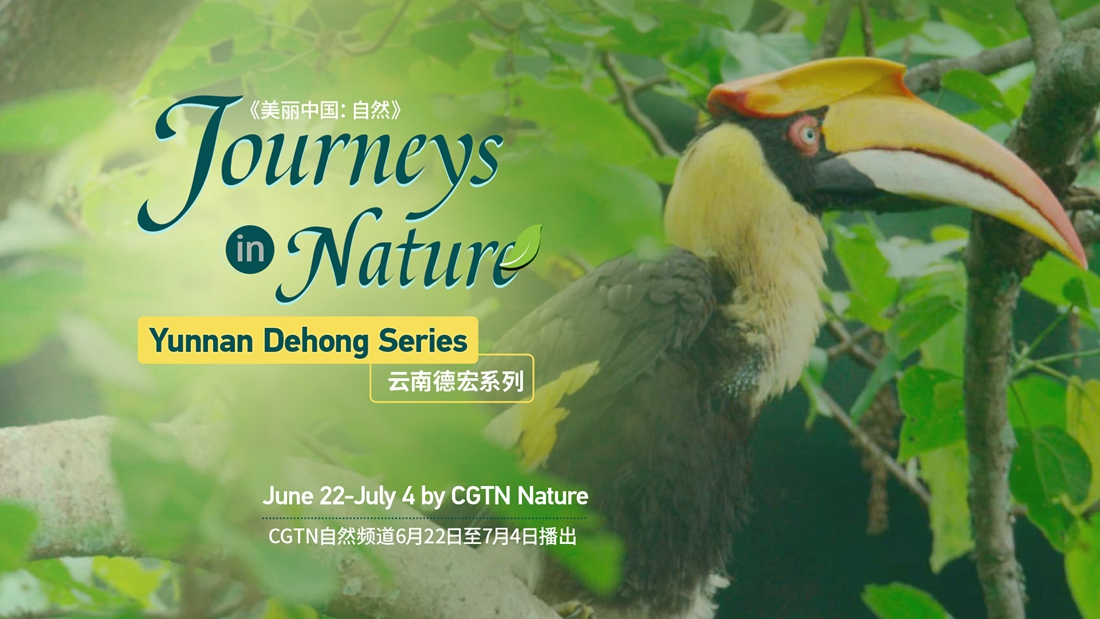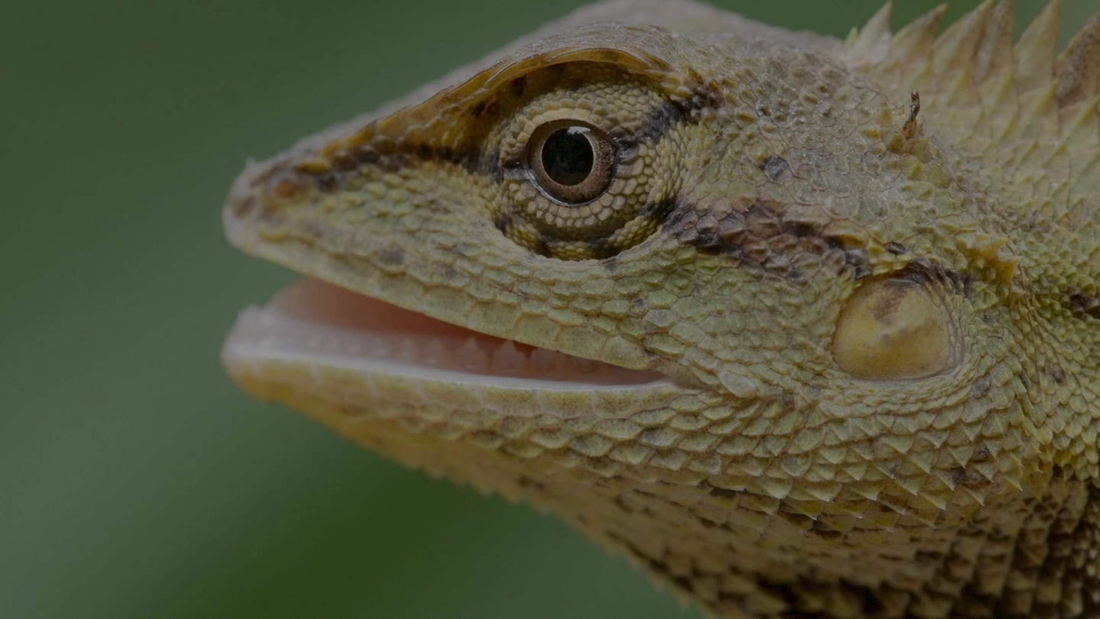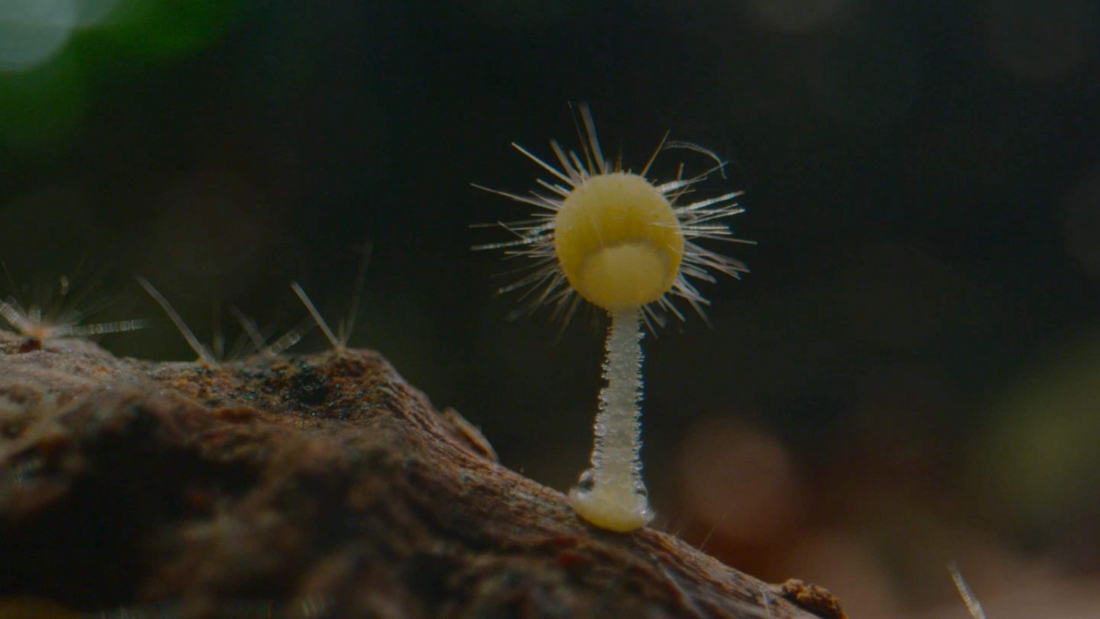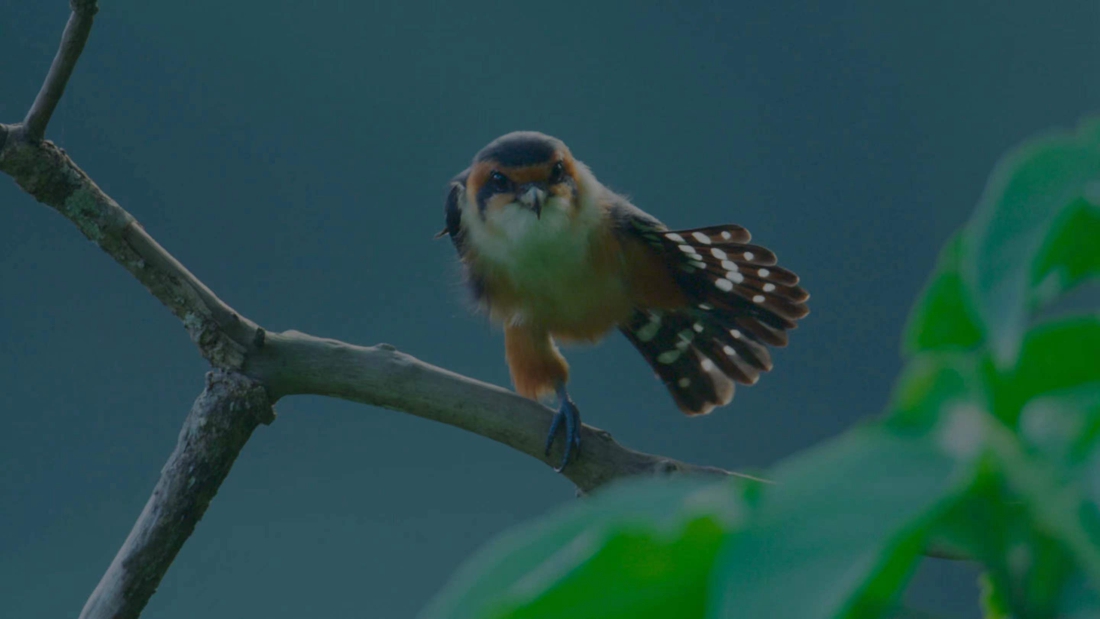"Journeys in Nature – Dehong Series" debuts on CGTN

Dehong Prefecture sits on the extreme western edge of Yunnan Province. This is a land of lush mountains and fertile dales. This luxuriant gateway to southwestern China is an extension of the Hengduan Mountains. But unlike the rugged and formidable peaks and ridges of that chain, the gentle terrain of Dehong has proved to be a paradise for forest vegetation. Located in the latitudes between the tropical and subtropical regions, the land is endowed with ample sunlight and heat. The towering trees boasting exuberant foliage offer a haven to primates. CGTN Nature presents "Journeys in Nature – Yunnan Dehong Series" from June 22 to July 4, taking you to explore the mysteries of Yunnan Dehong. Stay tuned!

The exuberant rainforest here boasts one of the biggest concentrations of bird species in China. Inside the Tongbiguan reserve, over 700 kinds of birds have been recorded, accounting for half of China's total. In particular, the prominence of hornbills has earned it the nickname "hornbill vale."

Unlike other birds in the valley, the wreathed hornbill is distinguished by its peculiar exterior. The prominent ridges on its beak are both a display of prowess for the proud male and a record of years lived.

This boldly-colored creature coated with spiky scales is a forest garden lizard. In adulthood, its gaudy hues fade away. Although it cannot change skin colors to match the surroundings, the forest garden lizard has well-functioning camouflage.

The rainforest's heat and humidity allow animals and plants to thrive in all seasons. They are both consumers of nutrients and generators of energy. Nutrients are distributed among all the inhabitants in an incredibly sophisticated balance. Fungi are irreplaceable cleaners in the rainforest. These little umbrellas growing in damp conditions are neither plants nor animals. They don't have roots, stems or leaves and, therefore, don't carry out photosynthesis. Found in every corner of the rainforest, they keep the surroundings nice and tidy by decomposing fallen leaves and returning them to the natural world.

In China, the crested treeswift is found only in rainforests across Yunnan Province. Unlike other bird species, these dwellers of lush woodlands prefer relatively open ground with a sweeping field of view. The grayish plumage blends easily into the dead branches. From March to June, most crested treeswifts raise their young.

The collared falconet likes to make friends. All their leisure hours are spent congregating on branches and grooming each other in the warm sunshine. They aren't necessarily kin. The bird may seem cute and harmless, but it is, in fact, among the smallest raptors. The locals call it a "red-legged falcon."

In the afternoon, the harsh sunlight heats up the rainforest, while the dense vegetation offers the local fauna welcome shade. These creatures enjoying the afternoon hours in the tree are Phayre's leaf monkeys. They mainly feed on tender leaves. For these born tree climbers, it's easy to find a suitable spot for a nap. But in the clan, only the alpha male claims the most advantageous hammock.








